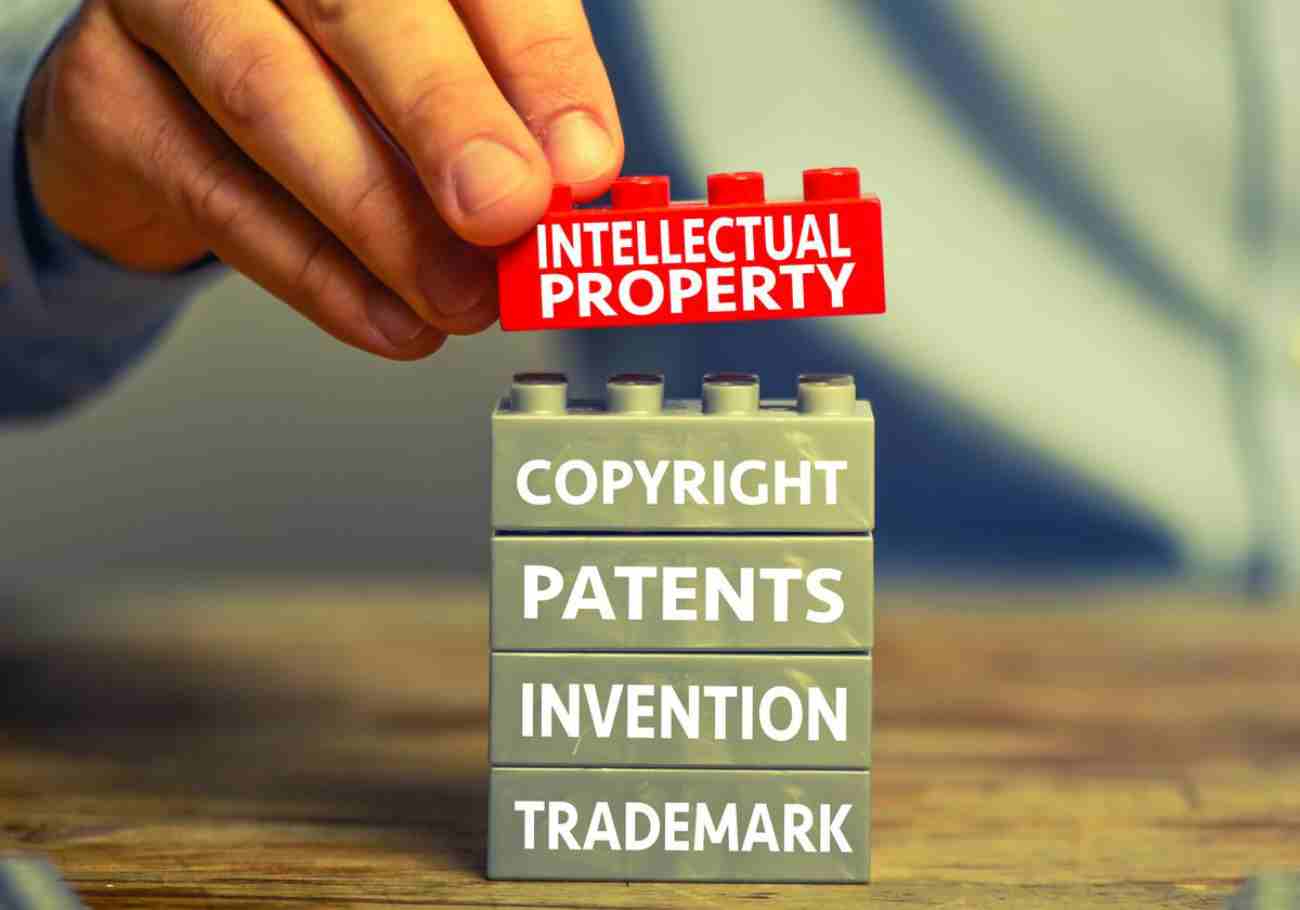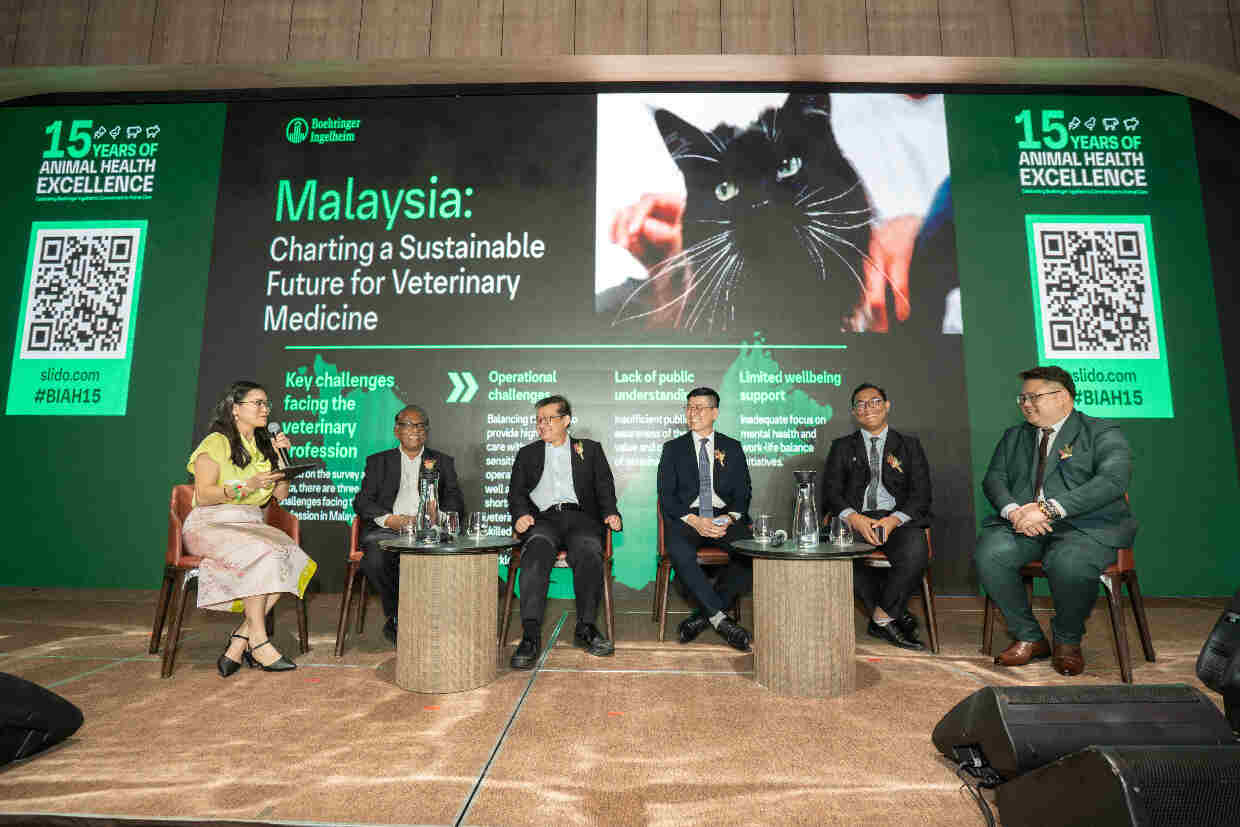
Commercialising intellectual property (IP) can be a thrilling journey, transforming innovative ideas into profitable realities with real-world impact.
However, the specific path to success depends on the nature of the IP and the goals of the creators and inventors.
IP protection, transfer, and commercialisation

The process of ensuring an IP reaches its intended user involves a continuous flow across three stages.
The first and fundamental step is IP protection. The technology provider must secure protection, such as a patent or copyright, to guarantee compensation upon transfer.
Technology transfer bridges the gap between invention and its application. It involves allowing another party, like a company or individual, to use the IP in exchange for a fee or royalty.
Once the technology is fully transferred, commercialisation takes place. Here, the IP transforms into tangible products and services that generate revenue.
Understanding these interconnected stages is crucial for anyone seeking to maximise the impact and successful commercialisation of their IP.
From startups to AI collaborations

Technology transfer is a powerful tool for turning IPs into real-world applications. Consider this example: a startup develops and patents a software algorithm.
Through a joint venture with a large tech company, the technology is transferred and integrated into their existing platform.
This not only expands the user base but also generates revenue for both parties.
Copyrighted works and art can also benefit from technology transfer.
Here are some unique approaches: partnering with AI companies to develop tools that utilize the creator’s artistic style or creative assets.
These AI tools can generate new works, customised products, or interactive experiences. Royalties can then be earned on each use of the creator’s IP through the AI platform.
Successful technology transfer agreements

While securing a technology transfer deal can be complex, planning and dedicated resources are key elements for success. Both parties, the technology provider and recipient, must be on the same page regarding several crucial aspects.
A thorough understanding of the technology, the intellectual property involved, and the scope of the transfer is essential.
Both parties should be aware of potential applications, risks associated with the technology, and how they will be mitigated.
A clear definition of each party’s rights and obligations regarding the transferred IP is necessary. Transparent and well-defined revenue sharing mechanisms based on the transfer should be established.
Effective communication, transparency, and negotiation are also crucial throughout the entire process, from pre-transfer discussions to post-transfer support.
Signing a non-disclosure agreement (NDA) before sharing sensitive information can be beneficial, especially for the technology provider. This builds trust with potential partners and safeguards the details of their IP.
The importance of IP agreements and support

A well-drafted technology transfer agreement is vital to protect the interests of both parties, acknowledging the long-term nature of such partnerships. Simply transferring the technology isn’t enough.
The provider should be prepared to offer sufficient post-transfer support and knowledge transfer.
This ensures the recipient acquires the necessary skills and technical infrastructure to effectively apply the transferred IP or technology.
By actively pursuing both technology transfer and commercialisation strategies, creators and inventors can significantly increase their chances of transforming innovative ideas into real-world successes.
Nahdatul Aishah Mohd Sharif is an Intellectual Property Associate based at Taylor’s University’s Research & Enterprise: Knowledge Transfer & Commercialisation. She is skilled in Patent Preparation, Patentability Searches, and Patent Prosecutions to assist researchers in the institution by providing IP advisories and corresponding with the IP agent and MyIPO for IP filing.











